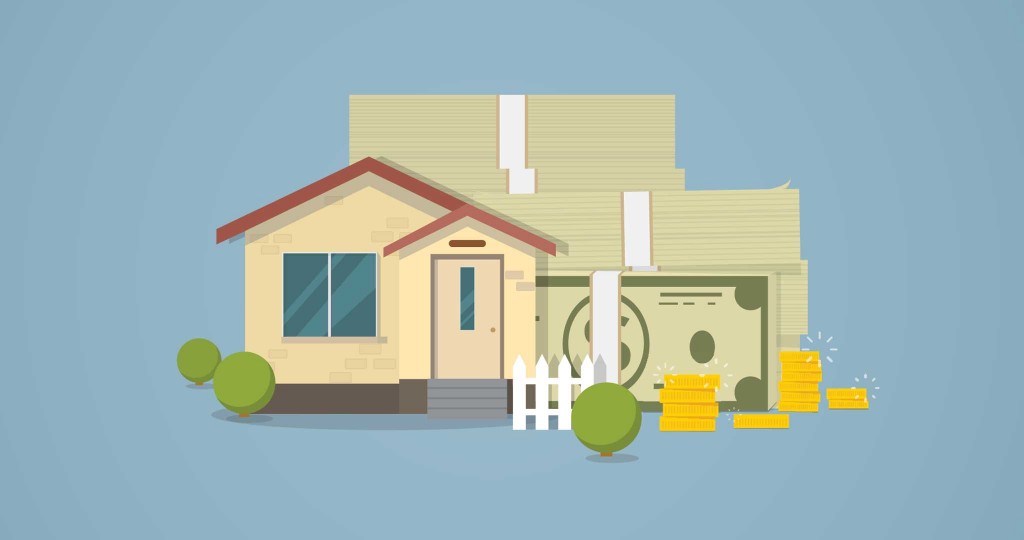Monthly Maintenance
With routine upkeep, your home can stay in tip-top shape.

For most people, a home is the largest investment they’ll ever make. That’s why it’s important to protect its value with regular home maintenance to prevent expensive repairs down the road. If you’re a first-time homeowner, it can be a daunting list. The good news is that you can do most of it yourself.
GREEN TIP OF THE MONTH
Keep your home naturally cooler by strategically planting trees and shrubs to shade your house. This can lower indoor temperatures by up to 9 degrees and lower your wall and roof temperatures 20 to 40 degrees. To learn more about landscape shading, click on landscaping at energy.gov/consumer.
When should you consider refinancing your home?
This may come as a surprise, but there is no limitation on how many times you can refinance your home. “The one thing that any homeowner should be aware of is whether it makes financial sense to do so,” says Pom Luxton of American Savings Bank. “Each situation is unique, so talk to a residential loan officer to find a solution that best fits your needs.”
Luxton says these are some things to consider:
The New Monthly Payment and Loan Term. Improving your monthly cash flow with a big reduction in your monthly payment can make a refinance worthwhile, especially if the new refinance terms are close to your existing terms.
Costs and Length of Time in Your Home. Consider how long it will take to recoup your refinance costs and whether it matches how long you plan to stay in your home.
Rates, Loan Points and APR.
A good credit score will help secure better terms and conditions on a mortgage. An interest rate reduction of as little as 0.25 percent can make a difference; the amount of points and the estimated annual percentage rate (APR) must also be factored in your decision.
QUICK TIP
If you are carrying a large HELOC balance with an interest rate of more than 4.5 percent, a lower interest rate mortgage that includes the HELOC balance would make good financial sense.
CHORE CHART
Inspect air-conditioning filters. (Every six months) Excessive dust makes your cooling system work harder, costing you more money. Remove vent covers — all you’ll need is a screwdriver — and wash covers with dish soap. If necessary, use a small sponge to get into slats. “Our washable filters last up to 10 years and give you another way to reduce environmental impact,” says Michael Ito of Alternate Energy Hawaii.
Dust Ceiling Fans. (Every two months) When dust sits around, dust mites move in, contributing to allergies and sinus infections. We recommend taping the switch off so no one accidentally turns it on while you’re cleaning. Quick cooling tip: Remember to turn off fans when you leave a room. The fans cool people, not rooms.
Inspect for termites. (Once a year) Signs of active termites include mud tubes, termite excrement (looks like wood pellets), sagging floors, doorways and ceilings.






